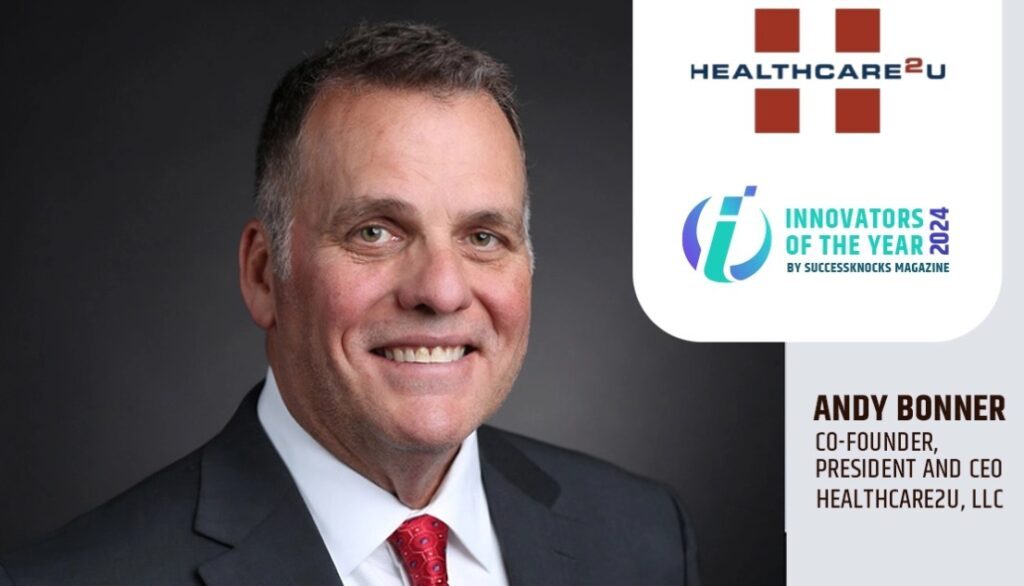The American healthcare system has become a giant institution characterized by skyrocketing costs and ineffective care. Insurance companies pressure doctors to keep patient visits brief and make the connection between doctors and patients more transactional than relational.
When health issues arise, people often choose whichever option is least expensive and convenient instead of using the healthcare system the way it was designed. You may be asking why there are so many people without adequate healthcare, even though they have health insurance. Here we’ll explore the issues with health insurance and healthcare, how to use the healthcare system effectively, and why insurance seems to be falling short.
The Cornerstone of Primary Care
Primary care is designed to be the cornerstone of maintaining good health. Ideally, a patient would have an ongoing relationship with a primary care physician (PCP) to establish a baseline of information regarding their health. During annual physicals or other routine visits, a PCP could quickly discern when something is off and put the patient on the path to recovery with appropriate recommendations, whether it be a simple prescription or referral to a specialist.
Catching cancer or other potentially fatal diseases early saves lives, but if a person has no relationship with a primary care doctor, conditions often go undiagnosed until it’s too late. One of the significant reasons people no longer have relationships with a primary care physician is because of mounting out-of-pocket costs. For example, high deductible health plans (HDHPs) require patients to meet a certain deductible before coverage begins. If a patient can’t afford to go to the doctor because they haven’t paid enough to meet the deductible on their insurance plan, healthcare is still inaccessible to them—even with health insurance.
Why the Insured Feel Uncovered
The healthcare industry is comprised of medical professionals, hospital systems, and pharmaceutical companies that should be dedicated to maintaining and restoring the health of their patients. The way these professionals set their prices has a direct effect on the costs of health insurance. Studies show high drug prices and overpriced services are a major source of waste in healthcare spending—to the tune of $241 billion per year. Unfortunately, other factors like fraud and administrative costs also drive up the price of insurance.
Employers and employees both end up feeling the burden of claims-based health insurance. Premiums and deductibles get higher and higher to offset the costs for insurance providers, and employers pass these costs on to employees because they can’t sustain them in the long run. In short, people end up with high deductible health plans (HDHPs) they can’t afford to use.
For 2022, HDHPs include deductibles with total yearly out-of-pocket expenses that max out between $7,050 for individuals and $14,100 for families. These limits set by the IRS don’t include the expenses from out-of-network services.
An Affordable Alternative
There are ways to give people access to quality primary care, whether they have insurance or not. Direct primary care (DPC) plans have been reintroduced with 21st Century conveniences like Virtual DPC to rebuild the relationship between primary care doctors and patients. By serving as a gap solution to HDHPs, DPC offers employees affordable access to healthcare without having to meet a deductible. It also eases the financial burden for employers because they don’t have to pay insurance claims on the back end.
Employers pay a flat monthly fee for their employees’ membership to the plan, and their people get unlimited doctor visits for minimal costs. With chronic disease management included in some DPC memberships, people with manageable pre-existing conditions like diabetes don’t have to worry about being denied membership. And they can still use their HDHP for services that go beyond primary care in the event of a major catastrophe.
Just because a person has health insurance doesn’t mean they have healthcare. With all of the turmoil in the insurance industry, benefit agents are being forced to explore new healthcare solutions for their clients. DPC is providing peace of mind by helping many get the care they deserve.
To learn more about expanding your business with direct primary care, contact Healthcare2U.







